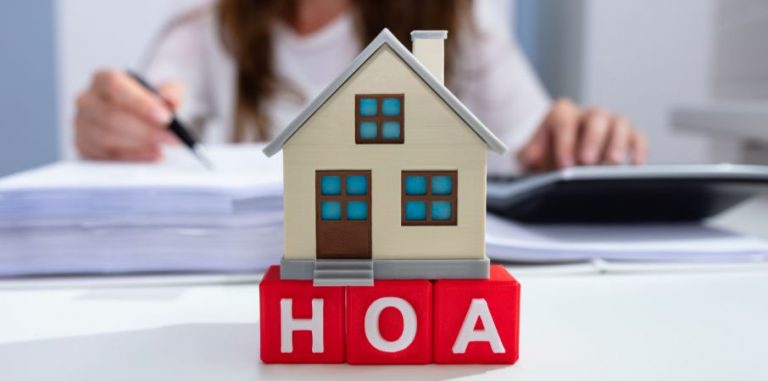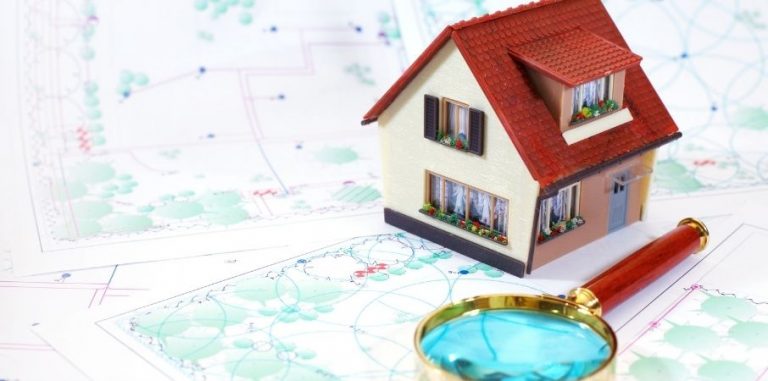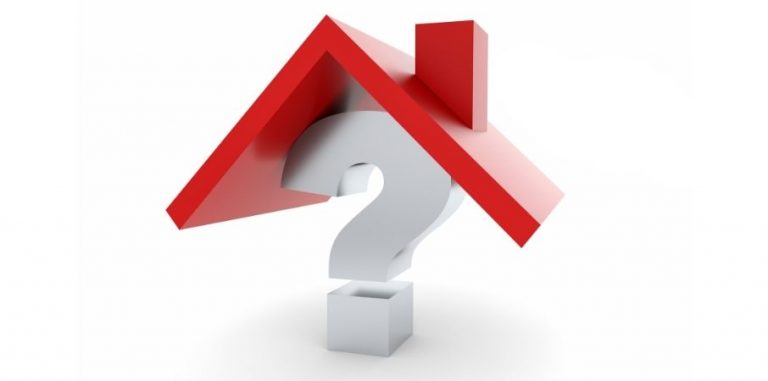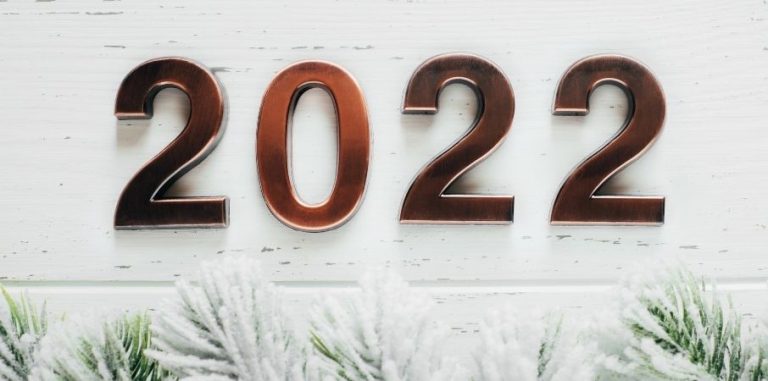We’ve been in the Property Management industry since the year 2000, and one of the most frequently asked questions from Landlords across the board is:
“How much will I spend on maintenance?”
As much as we want to provide a quick, one-size fits all answer, it’s not that simple.
As you may know, maintenance expenses are dependent on a wide array of variables. There’s no magic number we can give you because every property is a little different.
What we can do, however, is help you plan and create a budget for your specific property, and prepare you the right way for whatever maintenance issues may – and will – come your way.
There are quite a few methods on how to budget for maintenance, so let’s go through some of them.
THE 1% RULE
This model says that maintenance expenses will be equal to 1% of the property’s value. So for example, if your home is worth $100,000 then you should expect $1,000 dollars a year in maintenance. Other variations of this model suggest using 2% or even 3% of the property’s value.
SQUARE FOOTAGE FORMULA
This formula suggests that you budget $1.00 per square foot of the home for maintenance So, let’s say you have a 1,500 sq. ft. home, this would put you at $1,500 dollars a year for maintenance expenses.
THE 5X RULE
This rule states that you will spend approximately 1.5 times the monthly rent rate in maintenance. If you charge $1,500 for rent, you should budget around $2,250 for maintenance expenses every year.
T&H REALTY’S SUGGESTIONS
For most homes that we manage, that are newer and considered to be in “good” to “very good” condition, we recommend budgeting 10% of gross yearly rent on maintenance. So if your property rents for $1,000 a month ($12,000 per year), you would need to plan for $1,200 in maintenance expenses annually, or $100 a month.
Of course, you probably won’t see it happen at a perfect $100/month rate. Typically, you could go several months with no maintenance, then a $300 issue may happen. Seasonal changes, which we experience in Indiana, do cause more reported maintenance. After multiple years of owning and managing rental real estate, this is the method that we have come to use and feel is most accurate.
TURNOVER VS. MAINTENANCE
It’s also important to keep in mind that turnover costs and maintenance costs are not the same thing. Turnover expenses are incurred between Tenants (while you’re getting the property rent ready) while maintenance expenses are usually incurred while there is a Tenant occupying the home.
These expenses should be kept separate when creating your budget.
One rule of thumb is to allocate 10% of the total value of the lease for turnover cost at the end of the lease. So the longer the Tenant stays, the higher the typical turnover cost will be because of more “normal” wear and tear.
If a Tenant stays for 3 years, at $1000 month, then you should anticipate at least $3,600 in needed turnover work to recondition the home for re marketing. Of course, this can vary depending on the age of major components of the house. For example, carpet typically only lasts 7 years. So periodically, there will be additional items that will need to be replaced during the lifetime of your investment.
CAVEATS, CAVEATS AND MORE CAVEATS
Again, we have to stress that all methods mentioned above are not 100% accurate. You have to take into consideration other things that could affect these numbers such as:
1) Age of the home – It’s generally safe to say that the newer the home, the smaller the odds for things to break and go wrong. Vice versa, the older the home is, the more room there is for problems to arise.
Because of this, you’ll need to budget accordingly. Using our method, for homes 10 years and younger, the 10% range is probably a good assessment. Homes 10-20 years old would probably be more in the range of 15% of your gross monthly rent, and homes 20 years and older would probably need closer to 20% budgeted for maintenance repairs.
2) Quality of the Home – Not only do you need to consider the age of the home, but the quality of it as well. There’s a term in the real estate industry that you’ve likely heard: “Vinyl Villages”.
Vinyl Villages are typically neighborhoods in suburban areas where lower priced houses are built. They’re usually built in bulk, and built more cheaply. A builder like CP Morgan, for example, built thousands of homes in Vinyl Villages in Central Indiana, until they went out of business in 2009. Many of these homes, particularly those built between 2000-2009, were built with low-quality materials and finishes, which has had a definite impact on maintenance costs.
We manage dozens and dozens of these types of homes and they generally have maintenance issues that an otherwise higher-quality home wouldn’t have. Vinyl Village properties can offer good cash flow opportunities, so we understand the appeal to purchasing them, but keep in mind you will most likely have higher maintenance costs.
3) Size of Home – Larger homes have more square footage, more equipment, and typically more amenities that may need attention. Therefore, your average maintenance and turnover costs will be more for a 4 bedroom 4,000 sq. ft. house vs. a 2 bedroom 900 square foot house.
4) Cyclical Nature of Maintenance – This is an age-old accepted concept, but you may not have thought about it in terms of budgeting for maintenance. It’s generally known that single family homes are on 10-year cycles. Meaning, most major appliances, HVAC systems, roofs, etc., are only made to last around 10-20 years.
So, as your property ages, you’ll likely conduct some replacement maintenance at these 10-year marks. These are usually big ticket items and can cost thousands of dollars. Don’t get blindsided by these expenditures and keep this in mind when you’re purchasing your investments.
Wild Card Events
Being a Landlord can be filled with unexpected events. Both good and bad. Below are a couple of issues that may or may not happen to you, but ones that you should consider and be prepared for.
- Vandalism and Theft: This is something that no Landlord hopes to deal with, but the reality is that break-ins happen. If the home is broken into and damaged, you could be looking at several hundred or even several thousands of dollars in unplanned costs.
- Natural Disasters : For those of you who are familiar with Indiana weather, you know all too well that you should factor weather-related events it into your budget. If you’re an out of state reader, please take my word for it when we say we can have extreme, crazy weather here.
Several years ago, we had a terrible hail storm that damaged many of the properties that we personally own. The net result was thousands and thousands of additional cost. There was no way of predicting it and no way of escaping it. Being prepared for extreme situations like that will help you react and handle it more smoothly.
IMPORTANCE OF A RESERVE FUND
If you’re just starting out in the rental property business, establishing a reserve fund is mandatory. Yes, mandatory. Many new Landlords think they’ll buy a rental property and immediately start generating positive cash flow each and every month. That is NOT the case.
Establishing a reserve fund is one of the single most effective things you can do as a new investor. Here at T&H Realty, we preach to err on the side of caution when it comes to finances and having a reserve fund is one way you can do that.
We suggest having at least 3 months of rental income saved up and 4-6 months is even better. This gives you a cushion should some large, unexpected maintenance expense come up like having to replace the roof or get a new HVAC system.
RENTAL PROPERTY MAINTENANCE DEDUCTIONS
You may not in the best of moods after reading about everything that could go wrong with your property and how much money it could cost you. So, let’s talk about the bright side to maintenance expenses – tax deductions!
You can, in fact, deduct most of your maintenance expenses from your taxes each year or include them in the depreciation. Let me explain further.
There are two classifications of deductions – business expenses and capital expenditures.
- Business expenses: These are usually smaller, less expensive repairs and maintenance such as fixing a toilet, replacing a dishwasher, or patching a hole in the roof. You can deduct business expenses from your taxes each year.
- Capital expenditures: These are larger, more expensive repairs and maintenance that overall improves the home and adds life and value to the property. This would be things like replacing the entire roof, purchasing a new HVAC system, or landscaping the entire property. Capital expenditures must be deducted proportionately over a long period of time. The IRS has specific rules and regulations for utilizing this method.
As you can see, there is a lot to think about when it comes to rental property maintenance. While there is no way to predict your yearly expenses, there are some tried and true ways you can plan and prepare for these costs.
We encourage you to do even more research so that you fully understand how to determine the best way to move forward for your unique situation.
Don’t let maintenance deter you from investing in rental real estate.
Plan, budget, and be flexible.











